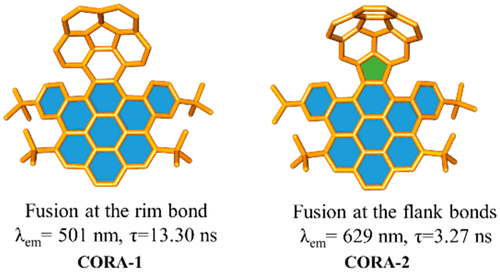Asymmetric Construction of α,γ-Disubstituted α,β-Butenolides Directly from Allylic Ynoates Using a Chiral Bifunctional Phosphine Ligand Enables Cooperative Au Catalysis
Submitted by Jun Zhu on Sun, 06/26/2022 - 08:30
A highly efficient construction of chiral γ-substituted α-allyl-α,β-butenolides with up to >99% enantiomeric excess from readily available allylic ynoates is realized. In this asymmetric gold catalysis, the cationic gold(I) catalyst featuring a bifunctional phosphine ligand enables a four-step cascade which permits the conversion of a diverse array of allylic ynoates into valuable chiral α,γ-disubstituted α,β-butenolides.





